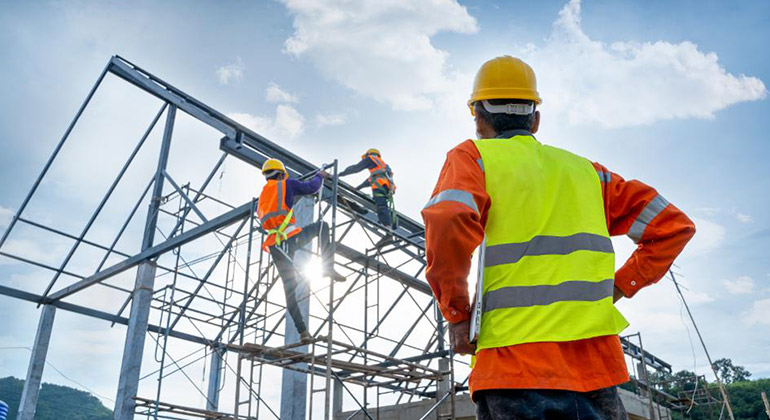Introduction:
Concrete has been a fundamental construction material for centuries, with its strength and versatility making it a popular choice for various structures. Over time, advancements in technology and engineering have led to significant innovations in concrete construction techniques. In this blog, we will explore the evolution of concrete construction, from traditional methods to cutting-edge innovations that have revolutionized the industry, improving efficiency and durability.
1. Traditional Concrete Construction Techniques:
Traditional concrete construction techniques have formed the foundation of the industry. These techniques include mixing cement, aggregates, and water to create a homogeneous mixture, which is then poured into formwork and left to cure. While traditional methods are still widely used today, they have evolved to incorporate better-quality materials and improved construction practices.
2. Reinforced Concrete:
One of the most significant advancements in concrete construction was the introduction of reinforced concrete. In the late 19th century, engineers began incorporating steel reinforcement within the concrete to enhance its strength and load-bearing capacity. This innovation allowed for the construction of taller and more complex structures, such as skyscrapers and bridges, which were previously unimaginable with plain concrete.
3. Pre-cast Concrete:
Pre-cast concrete is another innovation that has greatly improved efficiency in construction. In this method, concrete elements are cast in a controlled environment, typically off-site, and then transported to the construction site for assembly. Pre-cast elements offer numerous advantages, including faster construction times, reduced labor costs, and improved quality control. They are commonly used for components such as beams, columns, walls, and even entire building modules.
4. High-Strength Concrete:
The development of high-strength concrete has been a game-changer in the construction industry. By using advanced admixtures, improved mixture designs, and optimized curing techniques, engineers can now produce concrete with significantly higher compressive strength than traditional concrete. High-strength concrete allows for the construction of slimmer and lighter structures while maintaining structural integrity and durability.
5. Self-Healing Concrete:
One of the most exciting recent innovations in concrete technology is self-healing concrete. This cutting-edge material has the ability to repair cracks autonomously, extending the service life of concrete structures. Self-healing concrete incorporates various mechanisms, such as the addition of capsules containing healing agents or the use of bacteria that produce limestone when activated by moisture. These mechanisms help seal cracks and prevent further deterioration, reducing the need for costly repairs.
6. Fiber-Reinforced Concrete:
Fiber-reinforced concrete (FRC) is another innovation that has gained popularity in recent years. Fibers, such as steel, glass, or synthetic materials, are added to the concrete mixture to enhance its properties. FRC offers improved durability, crack resistance, and impact resistance, making it ideal for applications such as industrial floors, pavements, and earthquake-resistant structures. It also reduces the need for traditional reinforcement, thereby streamlining construction processes.
7. 3D Printing of Concrete:
One of the most revolutionary advancements in concrete construction is 3D printing. This technology enables the precise deposition of concrete layers according to a digital design, allowing for the creation of complex and customized structures. 3D printing offers numerous benefits, including reduced material waste, faster construction times, and the ability to create intricate architectural designs. It has the potential to transform the construction industry by enabling cost-effective and sustainable construction methods.
Conclusion:
Concrete construction techniques have come a long way, evolving from traditional methods to cutting-edge innovations that improve efficiency and durability. Reinforced concrete, pre-cast concrete, high-strength concrete, self-healing concrete, fiber-reinforced concrete, and 3D printing are just a few examples of the advancements that have revolutionized the industry. These innovations have not only expanded the possibilities of what can be achieved with concrete but also improved construction processes, reduced costs, and increased sustainability. As technology continues to advance, we can expect even more exciting developments in the world of concrete construction.

